Muscle injuries can happen in the blink of an eye, and you don’t have to be an athlete to suffer. No matter which muscle you pull, aftercare will ensure you have a speedy recovery. However, not every injury needs the same type of treatment.
The most common muscle injuries are sprains and strains. Sprains occur when you overstretch the ligaments that connect bones. Strains happen if you tear a muscle or tendon. Although they are different conditions, both are painful. Keep reading to get more information on how to treat both sprains and strains.
Treat Muscle Sprains and Strains
1. Muscle Taping
Did you know that taping an injured muscle can help promote healing? However, not just any type of tape will suffice. Physiotherapists use kinesiology tape to treat sprains and strains. This special tape is made from a blend of cotton and nylon. It’s highly flexible and doesn’t limit a person’s range of motion like other tapes on the market.
Kinesiology tape provides much-needed support to injured muscles. It also helps prevent pain and reduce swelling. While anyone can purchase this tape from a drugstore, only a doctor or licensed physiotherapist can show you how to apply it correctly.
2. Heat and Ice
After a muscle injury, most doctors recommend applying heat, ice, or both. While this treatment seems too good to be true, it really works. Immediately following an injury, ice may help reduce swelling. It’s best when used for the first 2-3 days after pulling a muscle. Heat promotes blood flow and may speed up the recovery process.
Treating your injury with heat and ice at home is easy. All you need is a bag of ice and a heating pad. Hold the ice on the injury for 20-minute intervals every few hours. If you don’t have access to ice, a bag of frozen peas will work in a pinch. Like ice, you should also limit how often you use a heating pad. Try keeping sessions under 30 minutes, and always unplug the heating pad before falling asleep.
3. Therapeutic Devices
Electrotherapy relies on electricity to repair torn tissue, boost circulation, and reduce pain. The most popular devices found in physiotherapist offices are TENS machines, ultrasounds, EMS units, and interferential current therapy systems.
While you can buy some devices for home use, they are simplified and have lower stimulation settings. Since these machines aren’t without risk, it’s better to let a trained physiotherapist administer the treatment.
4. Muscle Stretching
Injured muscles are prone to tightening. This may reduce your range of motion and increase pain. Simple stretches speed up healing by retraining your muscles on how to move correctly.
Manual stretching by a physiotherapist will increase flexibility and loosen the muscles. Most physiotherapists also give their clients self-stretching exercises to complete between sessions.
5. Strengthening Exercises
Muscle sprains and strains are painful, and exercise may be the last thing on your mind. However, exercise is still important even after an injury. Regular exercise helps prevent muscle wasting and promotes complete healing. Exercise also helps people regain mobility and strength in their injured muscles.
A physiotherapist will create an exercise routine suitable for your specific injury. It’s best to start slowly and increase the duration and difficulty gradually. Rushing back to your previous activities too soon may heed your progress.
Also read: Nutrients for Sports Injuries: How to Heal Faster
Physiotherapy Improves Outcomes
Any muscle injury can slow you down. That’s why it’s wise to visit a physiotherapist as soon as possible. They will create a custom plan to treat muscle sprains and strains and help you get back on your feet as quickly as possible. The sooner you seek treatment, the sooner your muscles will heal.
Image Credit: Freepik
This article is published by our independent team of health and wellness pundits that publish original and informative content to empower readers to take charge of their health and embark on a physically, mentally, and emotionally balanced lifestyle.




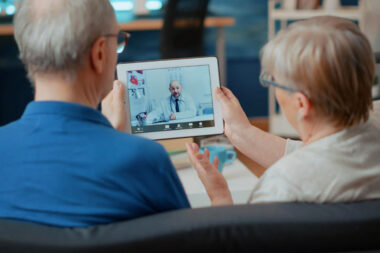





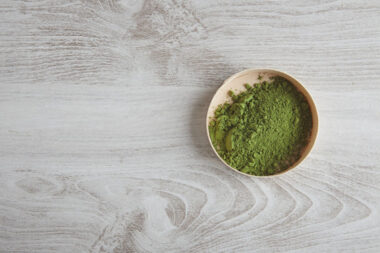














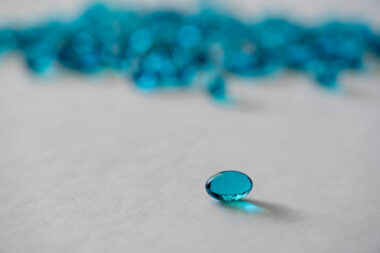

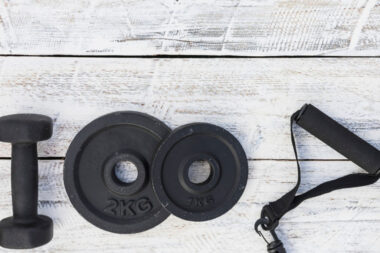








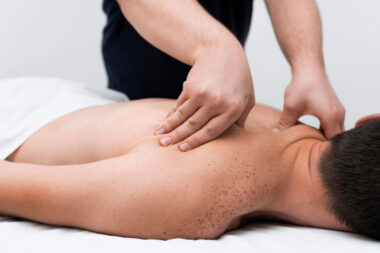


I greatly appreciate you talking about the different therapy methods that you can use to treat muscle sprains. I thought that there wasn’t any kind of method out there that didn’t involve surgery, and I want to avoid that as much as possible. Now that I’ve read this article, I’ll get some help from a physical therapy clinic immediately.